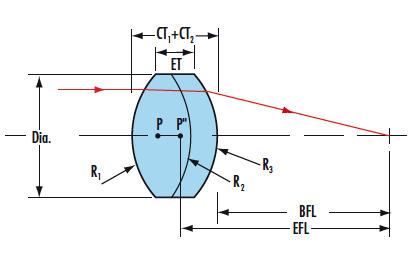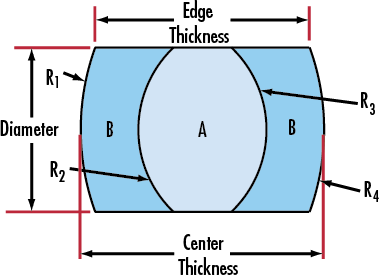The quality and performance of the steel are determined according to the needs. Different needs have different elemental contents.
(1) Carbon: The higher the carbon content, the higher the hardness, but the worse its plasticity and toughness.
(2) Sulfur: It is a harmful impurity in steel. When steel with high sulfur content is subjected to pressure processing at high temperature, it is easy to be brittle and is usually called hot brittleness.
(3) Phosphorus: can significantly reduce the plasticity and toughness of steel, especially at low temperatures. This phenomenon is called cold brittleness. In high quality steel, sulfur and phosphorus are strictly controlled. However, from another point of view, the inclusion of higher sulfur and phosphorus in low carbon steel can make the cutting easy to break, which is beneficial to improve the machinability of steel.
(4) Manganese: can improve the strength of steel, can weaken and eliminate the adverse effects of sulfur, and can improve the hardenability of steel. High alloy steel (high manganese steel) with high manganese content has good wear resistance. And other physical properties.
(5) Silicon: It can increase the hardness of steel, but the plasticity and toughness are reduced. The steel used in electrical engineering contains a certain amount of silicon, which can improve the soft magnetic properties.
(6) Tungsten: It can improve the red hardness and heat strength of steel and improve the wear resistance of steel.
(7) Chromium: It can improve the hardenability and wear resistance of steel, and can improve the corrosion resistance and oxidation resistance of steel.
(8) Vanadium: It can refine the grain structure of steel and improve the strength, toughness and wear resistance of steel. When it is melted into austenite at a high temperature, the hardenability of the steel is increased; conversely, when it is present in the form of carbide, its hardenability is lowered.
(9) Molybdenum: It can obviously improve the hardenability and heat strength of steel, prevent temper brittleness, and improve remanence and coercivity.
(10) Titanium: It can refine the grain structure of steel, thereby improving the strength and toughness of steel. In stainless steel, titanium eliminates or reduces the intergranular corrosion of steel.
(11) Nickel: It can improve the strength and toughness of steel and improve the hardenability. When the content is high, it can significantly change some physical properties of steel and alloy and improve the corrosion resistance of steel.
(12) Boron: When a small amount of (0.001-0.005%) boron is contained in the steel, the hardenability of the steel can be doubled.
(13) Aluminum: It can refine the grain structure of steel and suppress the aging of low carbon steel. Improve the toughness of steel at low temperatures, and also improve the oxidation resistance of steel, improve the wear resistance and fatigue strength of steel.
(14) Copper: Its outstanding role is to improve the atmospheric corrosion resistance of ordinary low alloy steels, especially when combined with phosphorus.
Achromat doublet lenses have significantly better optical performance than singlet lenses in visible imaging and laser beam manipulation applications.It consists of a positive low-index Crown Glass lens element cemented to a negative high-index Flint Glass lens element. The elements are chosen so as to cancel chromatic aberration at two well-separated wavelengths, usually in the blue and red region of the spectrum. Focal length is constant at those two wavelengths and focal length shifts are virtually eliminated across the visible wavelengths. One frequent use is to achieve diffraction limited focusing of a laser beam. Negative Achromat is typically used when there is a need to eliminate chromatic aberration. In addition to reducing chromatic aberration at the design wavelengths, spherical aberration and coma are greatly reduced. We always make our achromats as precise specifications and tolerances for uncompromising image quality upon customer's requirement.


Doublet Achromatic Lens Triplet Achromatic Lens
Specification of our achromatic lens as follow:
*Material:BK7,ZF2,ZF7(or according to your request)
*Dia.:+0/-0.05
*Center thickness tolerance:+/-0.1
*Surface quality: 60-40 Scrath/Dig
*Surface figure:0.5-0.2
*Centration < 3arc min
*Chamfer:0.1-0.25*45 degrees
*Design wavelength:486.1mm,587.6mm,656.3mm and upon request.
Achromatic Doublet Lens,Negative Optical Achromats Lens,Optical Achromatic Lens,Big Dimension Achromatic Lens
China Star Optics Technology Co.,Ltd. , https://www.csoptlens.com